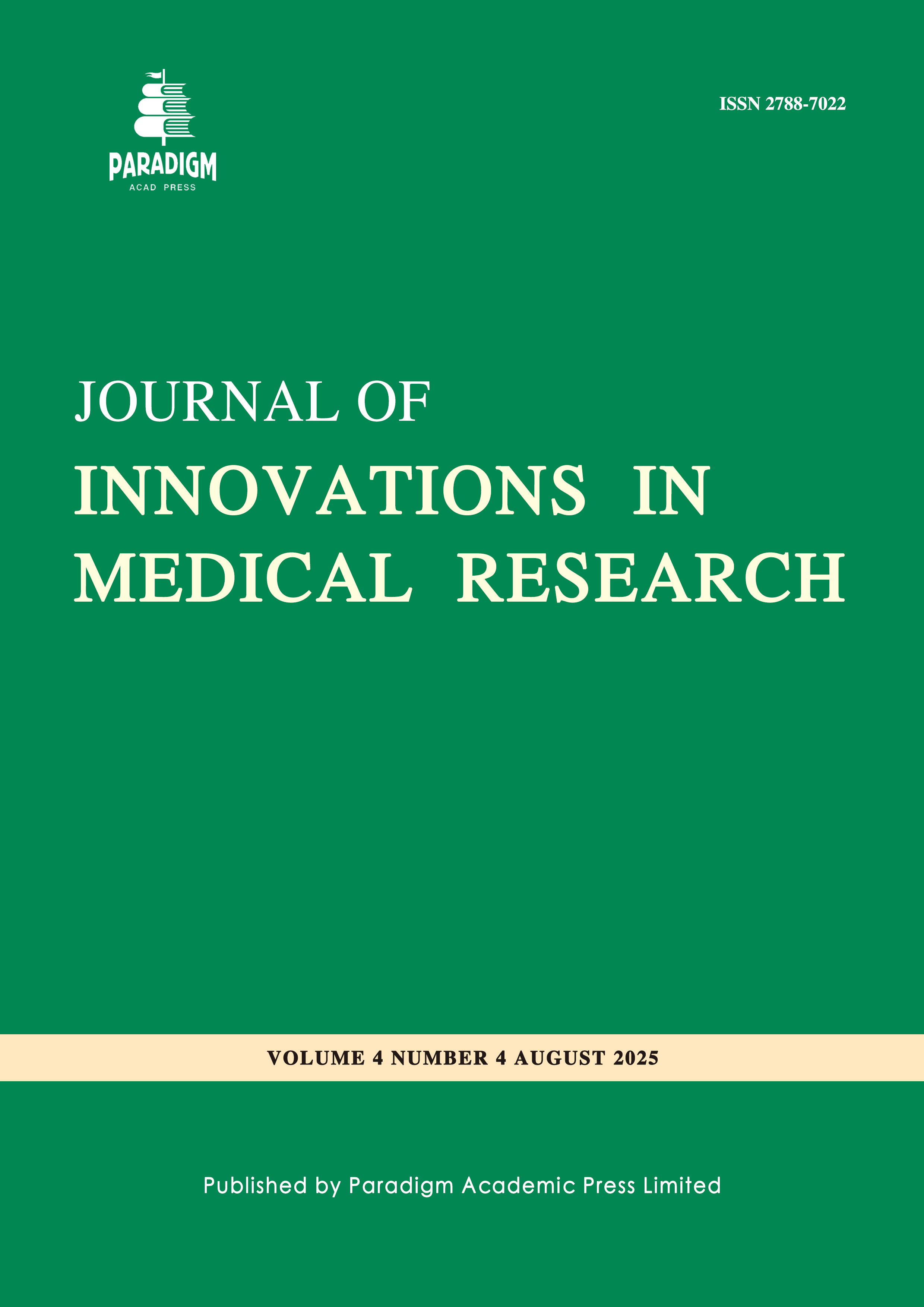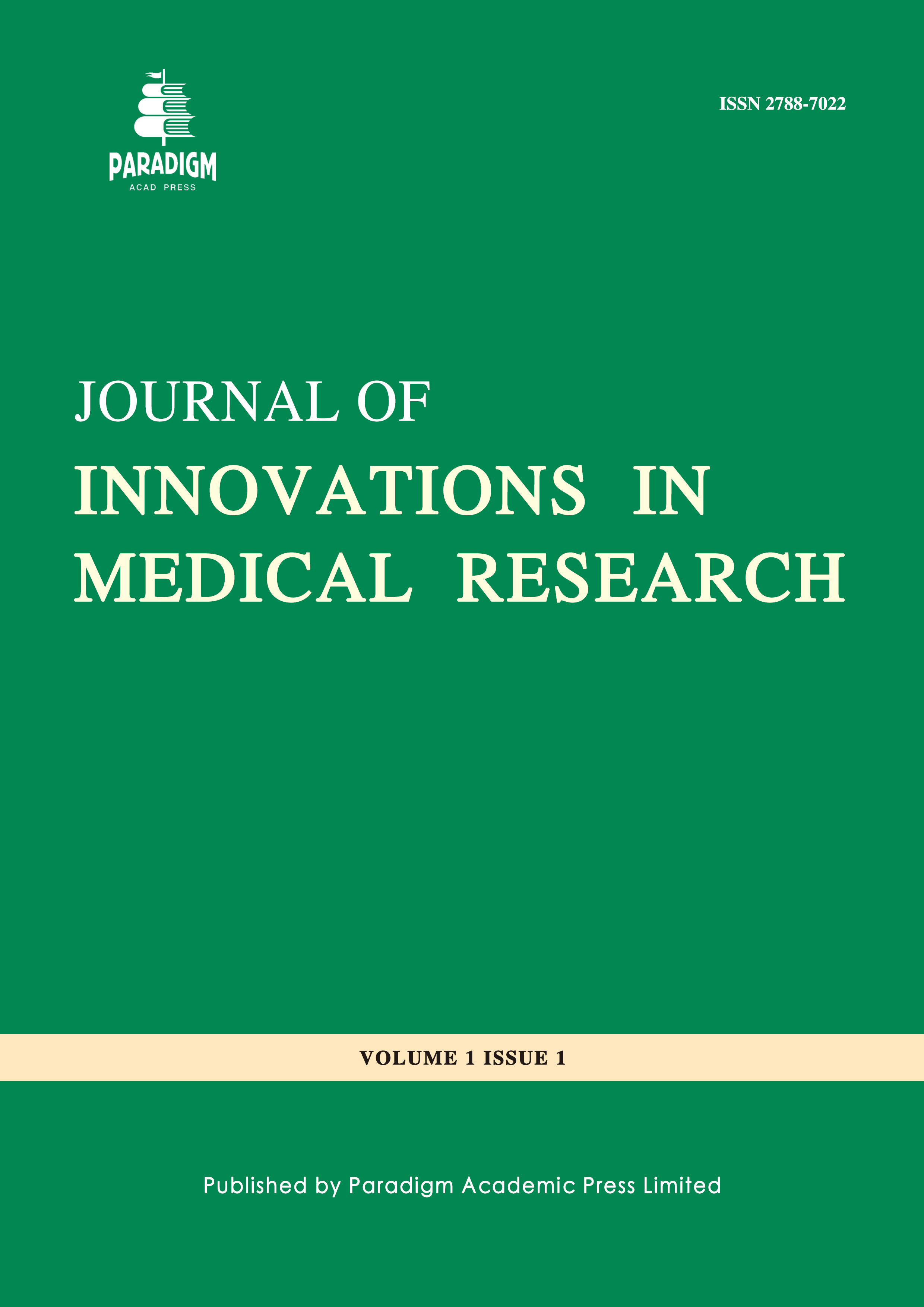Transmission, Diagnosis, and Treatment of Acute and Chronic Hepatitis E
DOI:
https://doi.org/10.63593/JIMR.2788-7022.2025.08.002Keywords:
HEV, acute and chronic hepatitis, screening, antiviral therapy, ribavirin, pregnancyAbstract
Hepatitis is the liver inflammatory disease that is caused by chemicals, drugs, or by the infection with different kinds of viruses. Hepatitis E infection is a disease that affects the liver and is caused by hepatitis E virus (HEV), a virus that can infect both animals and humans. The HEV infection can cause acute liver failure, chronic hepatitis, and liver cirrhosis that remain a clinical challenge and still account for high mortality. It is the main cause of enterically transmitted hepatitis in humans worldwide. Among weakened immune patients it can lead to chronic hepatitis that may result a life-threatening illness, such as fulminant liver failure. There are eight genotypes: HEV 1-8; and genotypes 1 and 2 infect humans exclusively. The virus is transmitted mainly through the fecal-oral route of contaminated food and water. Active screening, reducing misdiagnosis, improving patient management, proper medications, supportive treatments, and timely antiviral therapy for severe and chronic cases are important measures to reduce the morbidity and mortality due to hepatitis E. This study focuses on the transmission, management, and treatment of HEV infection.



